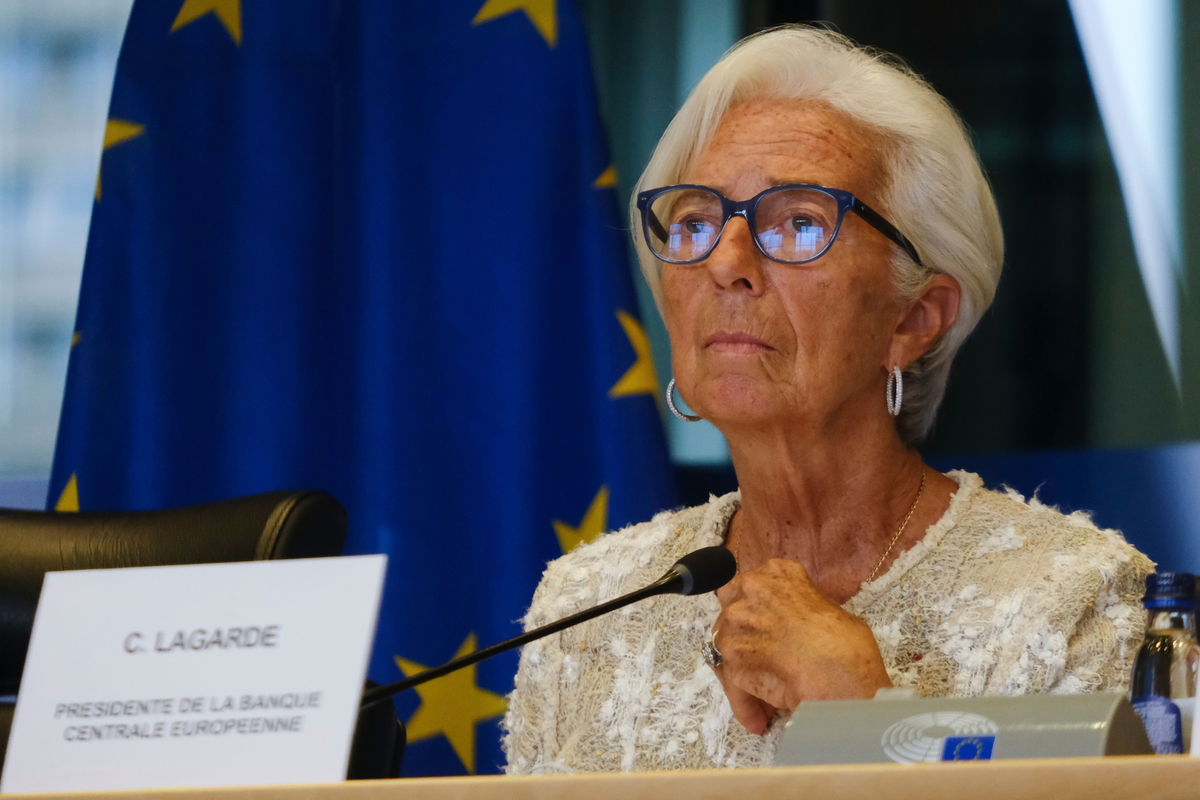Christine Lagarde, president of the ECB
Credit: Alexandros Michailidis – Shutterstock
The global financial system is undergoing a seismic shift as stablecoins and CBDCs (digital cash) challenge decades of dominance by traditional banks and centralised payment networks.
Currently, at the forefront are stablecoins, private digital assets pegged to stable values such as the US dollar or euro, and central bank digital currencies (CBDCs), state-issued digital money that could redefine the digital dollar and digital euro.
While both are said to be aiming for stability and trust, they represent clashing philosophies: private innovation versus sovereign control. In a dramatic transatlantic divide, the United States has slammed the door shut on a federal CBDC and digital dollar while fast-tracking the more regulated stablecoins, as Europe marches toward a digital euro while stringent crypto rules apply.
Most Read on Euro Weekly News
Digital tools will change how we pay for things, handle loans without banks (called DeFi), and even shift global power. Let’s break it down simply.
What are stablecoins?
Stablecoins are similar to digital dollars in that their value does not fluctuate dramatically. They’re backed by real money in bank accounts, government bonds, or other easy-to-sell assets. Firm computer rules help keep their price steady by adjusting how many are available at any time.
Why are stablecoins favoured in Europe?
They’re excellent for sending money across borders quickly, powering DeFi apps, and easing the jump from regular banking to cryptocurrencies. A global bank report (from the Bank for International Settlements) says they’re popular for being reliable. But watch out: They can have hidden problems like unclear backups, sudden mass sell-offs (digital “bank runs”), or too much trust in private companies running them.
What Are CBDCs?
CBDCs are central bank digital currencies: basically, digital cash issued and fully guaranteed by governments, like electronic paper money. There are two types:
Retail CBDCs: For everyday people and businesses, as a swap for physical cash.
Wholesale CBDCs: For banks and big markets to move money between each other.
The upsides? Super-fast and cheap payments, more people included in banking, and lower overall fees. The downsides? They could invade privacy, pull money out of regular banks, and let governments spy on spending. China’s digital yuan is already doing this on a large scale.
US drama: No digital dollar, but stablecoins get rules
The conflict between stablecoins and CBDCs is intensifying in the US. This year (2025), the Trump team banned a national CBDC (like a “digital dollar”) because they worry it would let the government track and control people’s money. Trump put it bluntly: “We won’t let bureaucrats control your money.”
Instead, politicians pushed the GENIUS Act to regulate stablecoins. It requires them to be backed 1:1 by real dollars, with regular checks, clear reporting, and shared oversight between federal and state governments. The goal? Keep the US dollar as the world’s top currency through private companies’ ideas, without government versions competing.
Still, There still are some hurdles: Stablecoins might drain cash from banks, and big tech companies are rushing to build the “digital side” of the dollar.
EU push: Digital euro and tough crypto rules
Europe’s taking a different road. The European Central Bank (ECB) is preparing for a digital euro launch by the late 2020s. It would be a safe, ECB-guaranteed option to go alongside cash, and focuses on privacy, easy access, and teamwork with banks and tech startups to keep things stable. ECB boss Christine Lagarde calls it “a public good—innovative and trustworthy.”
But many Europeans are suspicious: They fear tracking and don’t see the big perks. Plus, all 20 euro countries have to agree. To handle crypto overall, the EU rolled out MiCA rules in 2024, which will shape 2025. These limit stablecoin sizes, demand audits, and help the EU lead in crypto regulations – unlike the US’s scattered approach.
The big picture: A mix of free markets and safety nets
This US-EU split points to a future where stablecoins speed things up and CBDCs build trust. Both aim to keep money stable and countries in control amid tech shake-ups. Experts sum it up: “America bets on markets; Europe builds walls. Together, they’re reinventing what money means.”
What’s next for digital cash?
Digital money is getting smarter (programmable for auto-payments) and more fought over. The dollar and euro will adapt, so we’ll all need to get used to this stablecoins-vs-CBDCs world.
Digital money is coming. Certain key people have made it clear that it will be the future whether we like it or not.
